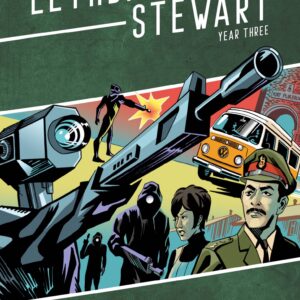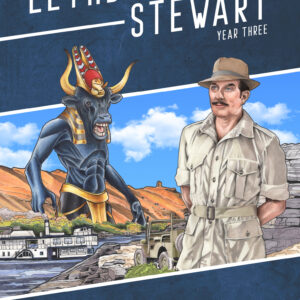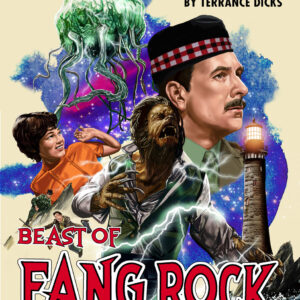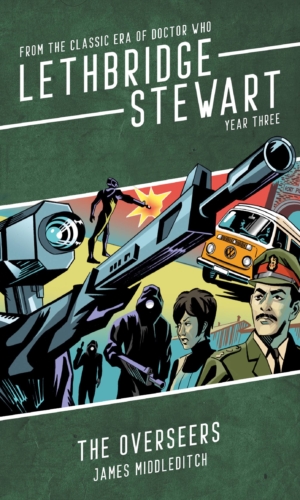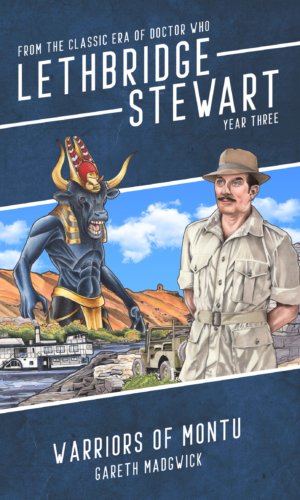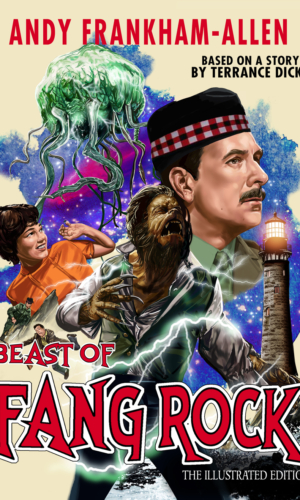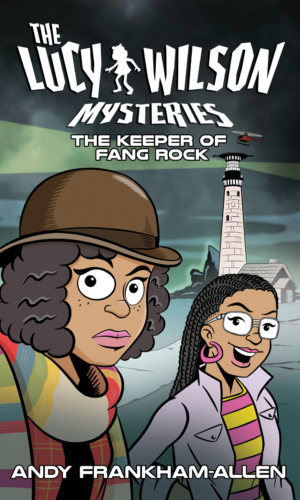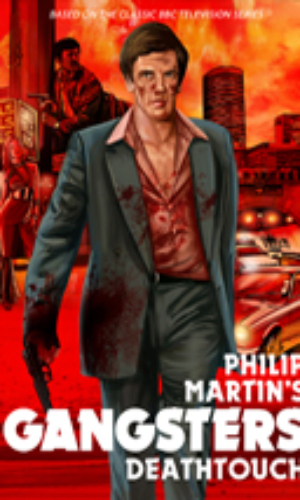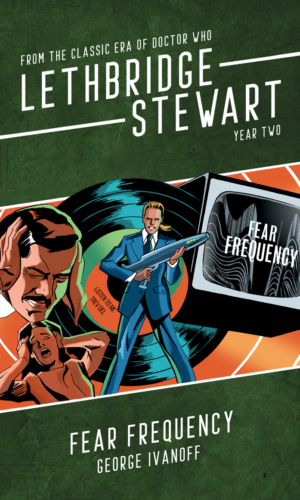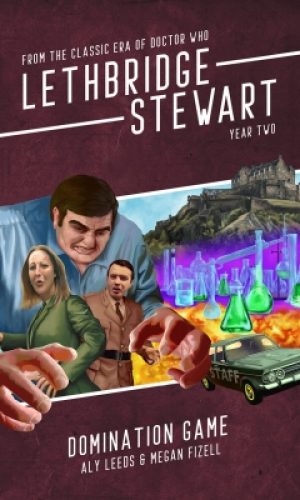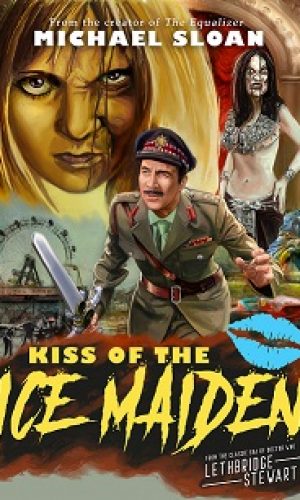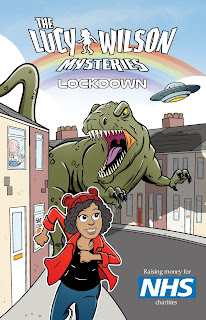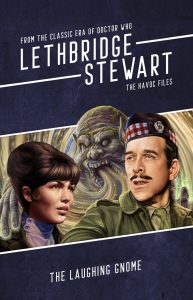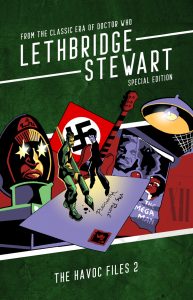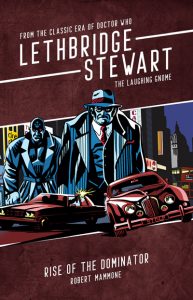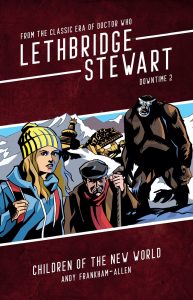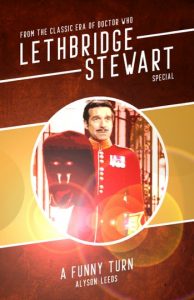Format: DVD
Warts & All: Action Man Tank and Rag Doll!
Quote: Really, Miss Smith, this is absurd. I think you must be the sort of girl who gives motor cars pet names.
Review: Or Giant Robot, as I always used to know it as a kid, thanks to the Target novelisation. And while that particular sequence doesn’t amount to such a massive stretch of the story, it is the King Kong aspect that’s at the heart of it and what sticks with you long after the rest has faded away at the mercy of a metal-eating virus is Sarah Jane’s empathic relationship with the Robot. More so than the introduction of a brand new Doctor, although I’m sure that wasn’t the case when I first saw it. Indeed, I remember being horrified that this strange bug-eyed grinster had replaced my Doctor. While as a kid I knew there had been other Doctors, this was the first regeneration I witnessed. I can’t remember at what point Tom Baker grew on me and became my Doctor. Maybe it was in this one, because watching it now he does make a huge stamp of personality on the role and arrives immediately, but I suspect back in my childhood I took a few stories to adjust. Wildly wonderful, with a voice born for gravitas and authority, he’s handed plenty of great dialogue and opportunities to shine in a very simplistic mad professor story of the exact sort Terrance Dicks and Barry Letts were worried about being landed with when they inherited the show before. Kettlewell, the mad professor in question, is ably played by Ed Burnham with scatterbrained charm, but is far from breaking any stereotypical moulds. The Robot, before he goes Kong, is borrowed wholesale from Asimov (and is exploited as a burglar and killer by malicious and misguided people, very like the Ambassadors Of Death), but is a masterpiece of design. Beautiful and formidable and Kilgariff’s voice does lend it some measure of personality, while Lis Sladen’s performance cements our own feelings for its cruel misuse and ultimate demise.
Honestly, for standard template fare, it’s deftly done for the larger part, sprinkled liberally with humour and effective menace, from the early scenes from the Robot’s POV and as it calmly tries to smash Tom Baker’s head off in the confines of Kettlewell’s garage. That said, while the Robot may pass for a nice piece of engineering, there’s a sense that the story’s construction is more of a cobbled-together thing, not unlike whatever it is the Doctor is busy building while the Brigadier and Sarah are trying to talk to him at UNIT HQ. His creation comes tumbling down and this story doesn’t quite do that, but it takes some will on the part of the viewer to keep it standing upright. Yes, the Action Man tank is bad – and made worse by the fact that it’s part of the episode cliffhanger and therefore gets repeated – and the Sarah Jane Smith ragdoll is almost as laughable as the gingerbread man dropped into a bucket of milk in Keys Of Marinus, but really such symptoms of budget and technical limitations are not so damaging as the plain unfeasible scenario of the world powers trusting Britain with its nuclear launch codes. The dialogue even makes a knowing joke about it – “naturally Britain is the most trustworthy” or words to that effect. Wouldn’t it have been enough for the Science Nazis (headed by the excellently cold Miss Winters) to launch Britain’s own ‘deterrent’ and thus trigger a nuclear war? My belief’s elasticity could’ve stretched to that.
But as with the Robot’s growth spurt brought on by the disintegrator ray, it’s like a piece of the jigsaw hammered in with some determination to make everything fit. These are the things that jar for me more than an untidy CSO fringe. Harry Sullivan and the UNIT family redux, with the Brigadier and Benton manning the fort, win back some affection for the story (I kind of wish more could’ve been made of Sullivan’s turn as John Steed, but he’s an inspired foil for Baker’s Doctor) and overall it’s what the players bring with their performances that render this fun to watch. Technically malfunctioning, emotionally engaging. It’s like Kettlewell, in fact, cut from a standard template, a bit all over the place, but with a quantity of scatterbrained charm.



